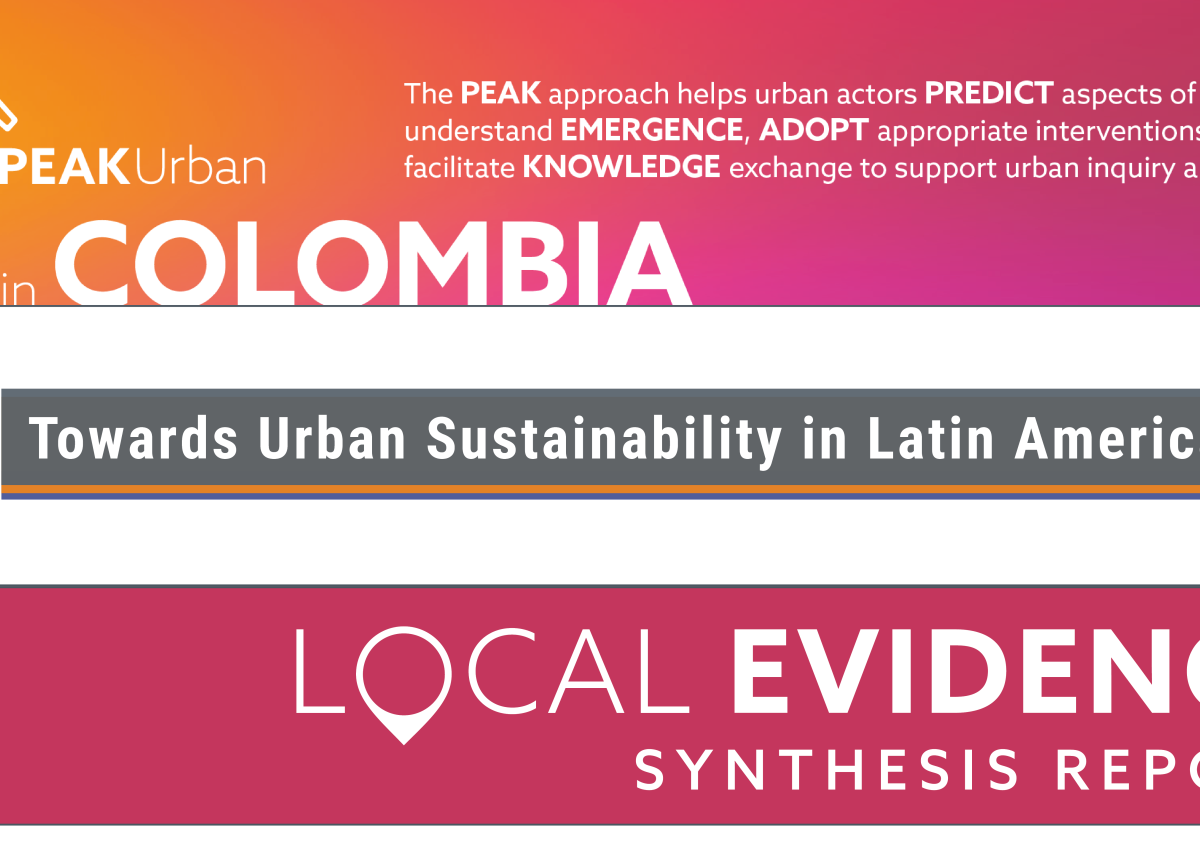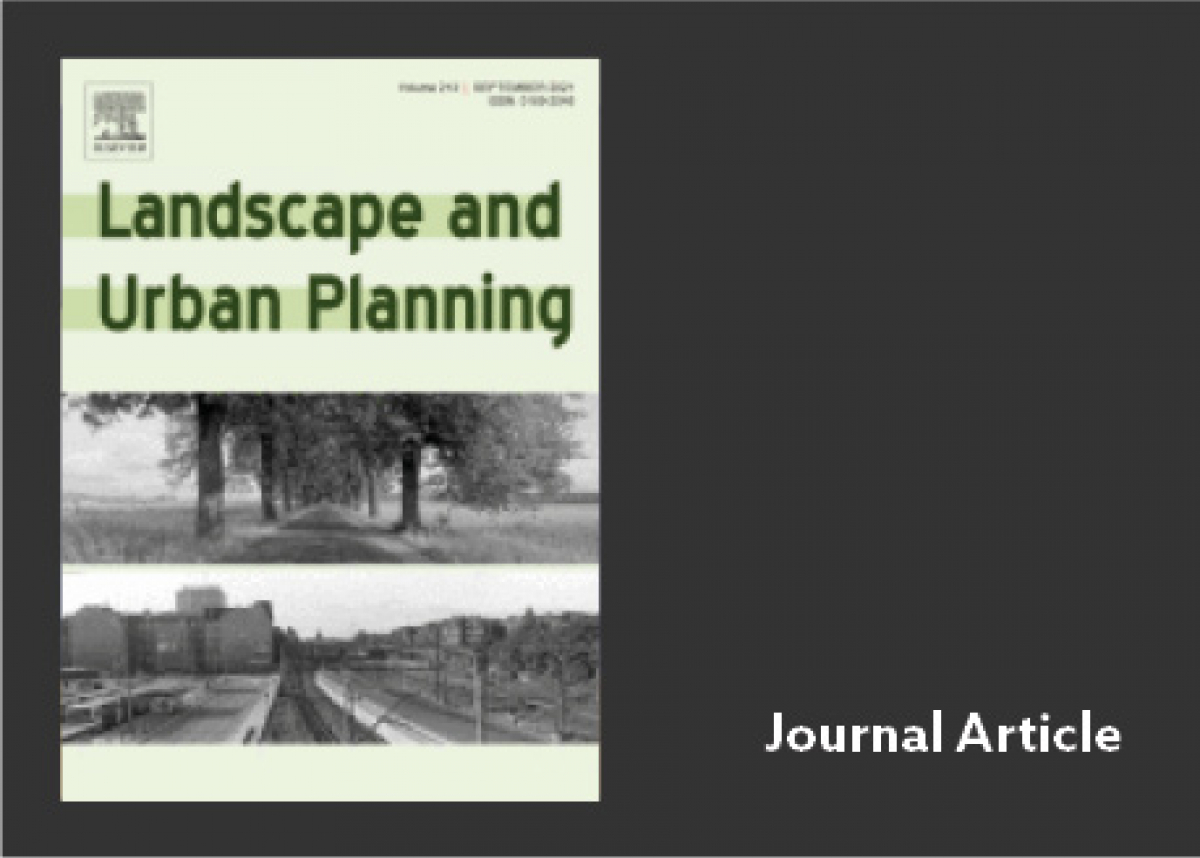
Understanding cycling travel distance: The case of Medellin city (Colombia)
The relevance of cycling as a mode of transportation is increasingly being recognized in many cities around the world, and the city of Medellin (Colombia) is no exception.
To better understand cycling travel behavior in Medellin, we perform a multiple regression to analyze the importance of route characteristics in explaining cycling travel distance. We control for socioeconomic and built environment variables at the origin and destination.
Our results reveal that the effects of the socio-economic and built environment characteristics at the origin and destination are modest or statistically insignificant in explaining travel distance.
However, the variables that characterize the built and natural environment along the route are significant and appreciably improve the explanatory power of the baseline econometric model. An analysis of interacting effects shows that the interaction between the dedicated infrastructure along the route and the degree of deviation from direct routes has a relevant effect on explaining travel distance.
The findings of this work are useful for designing cycling policy and developing more usable cycling infrastructure.








